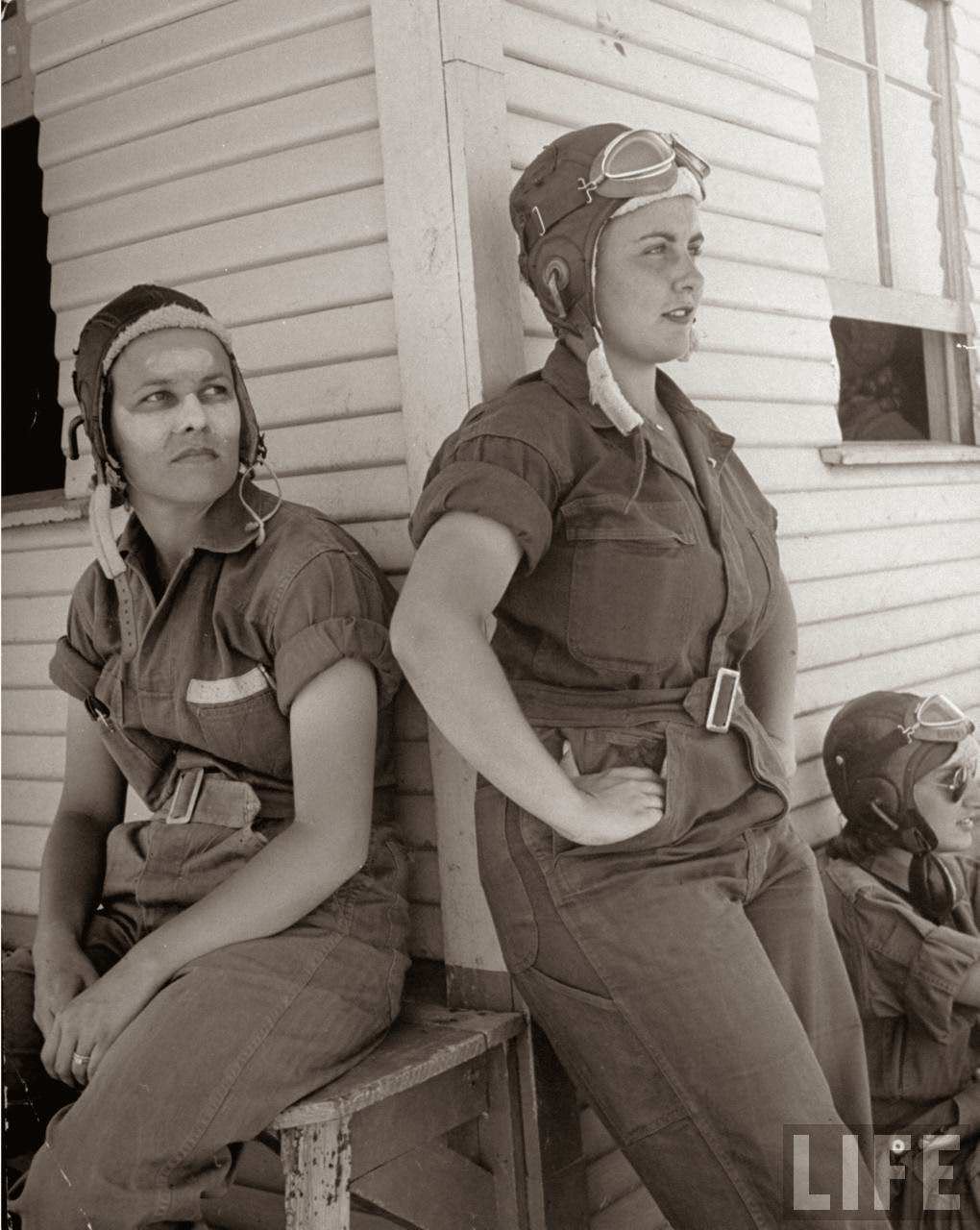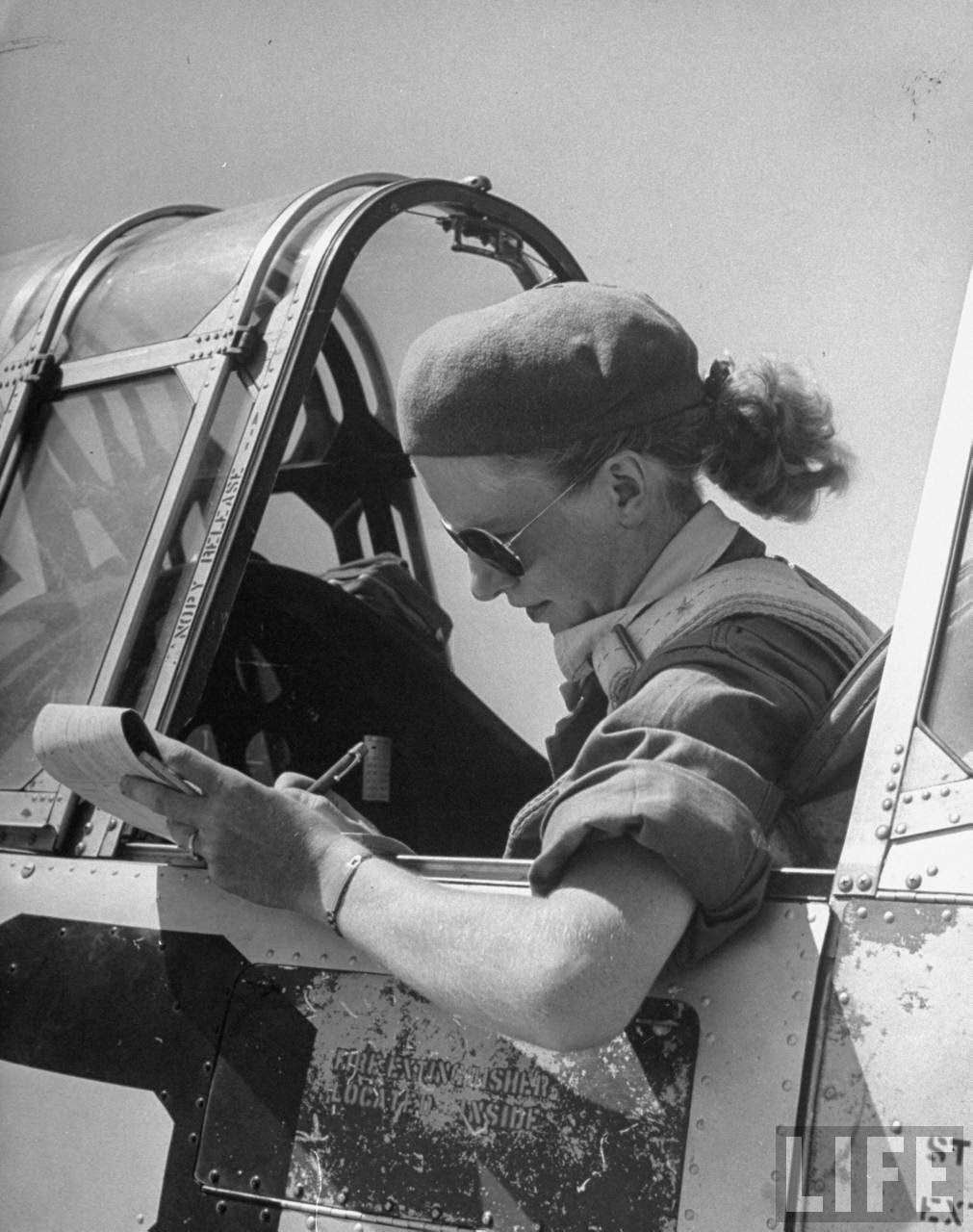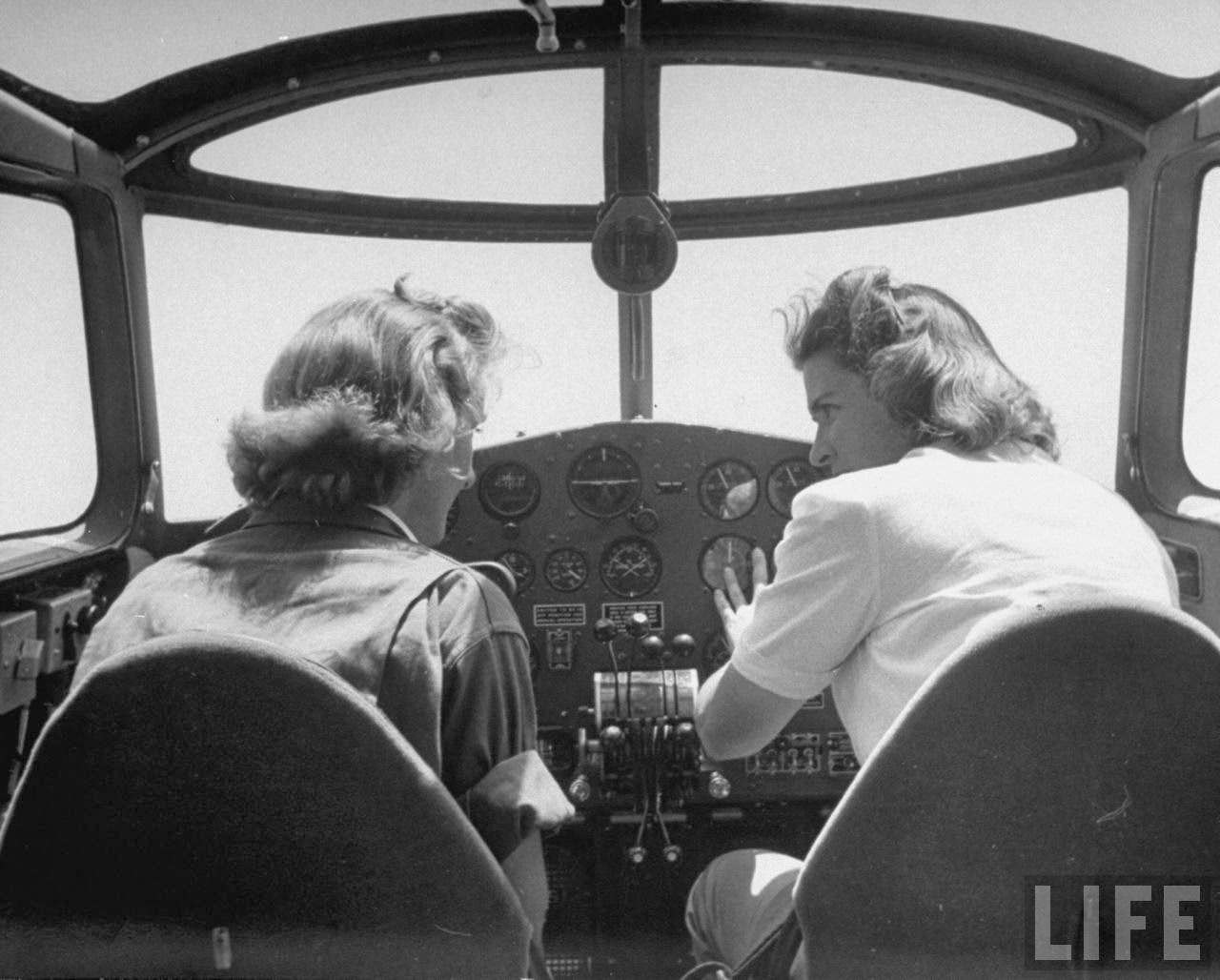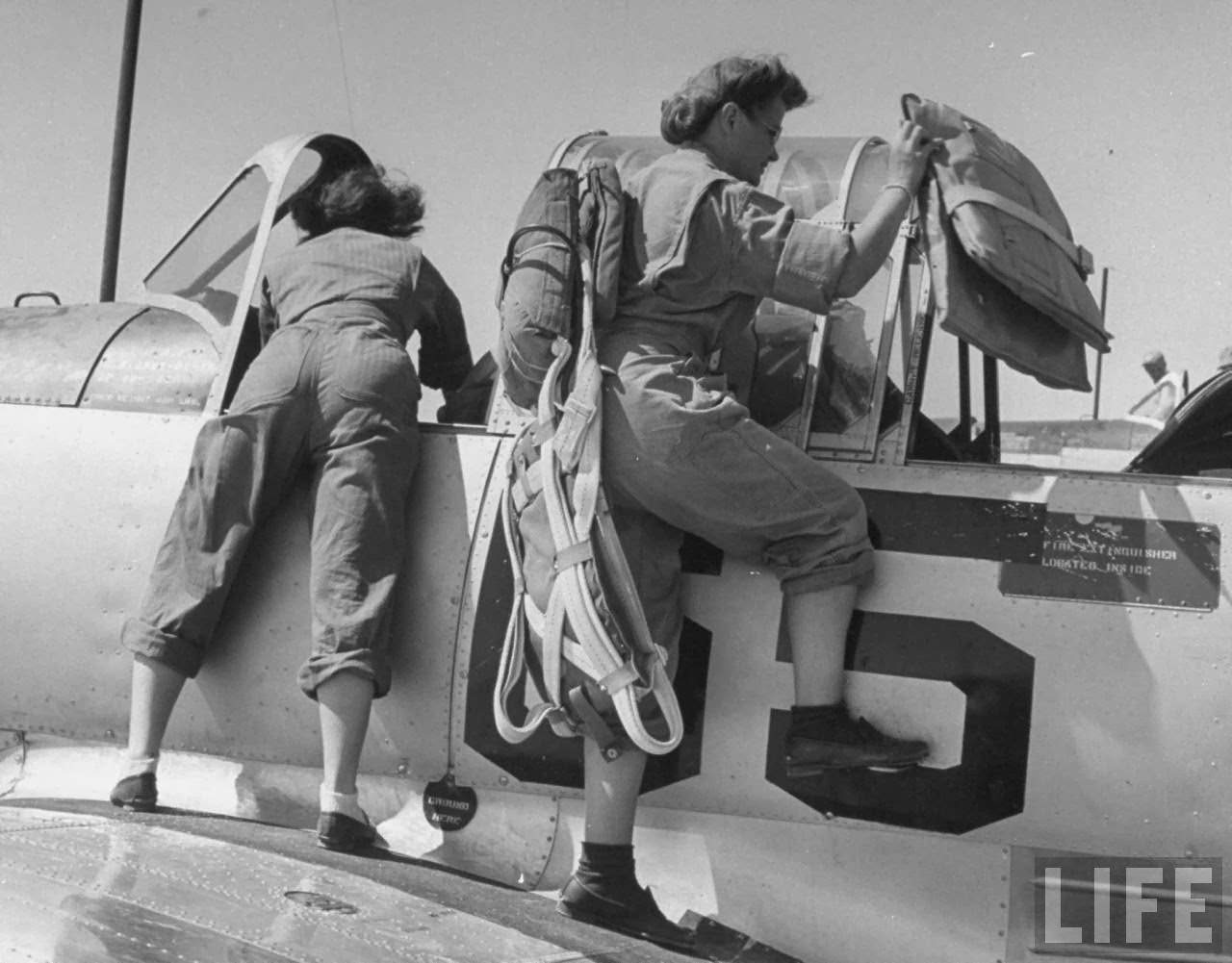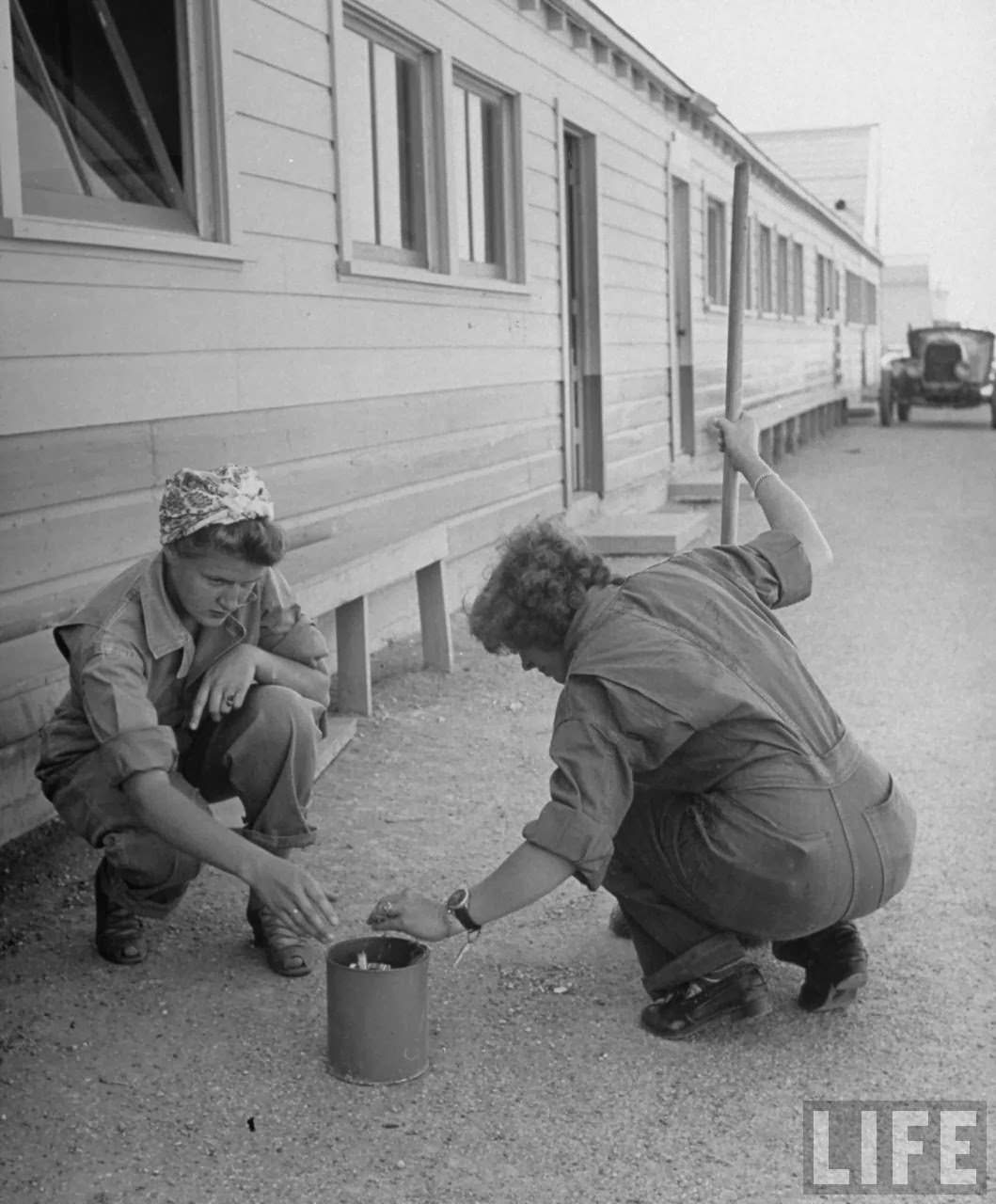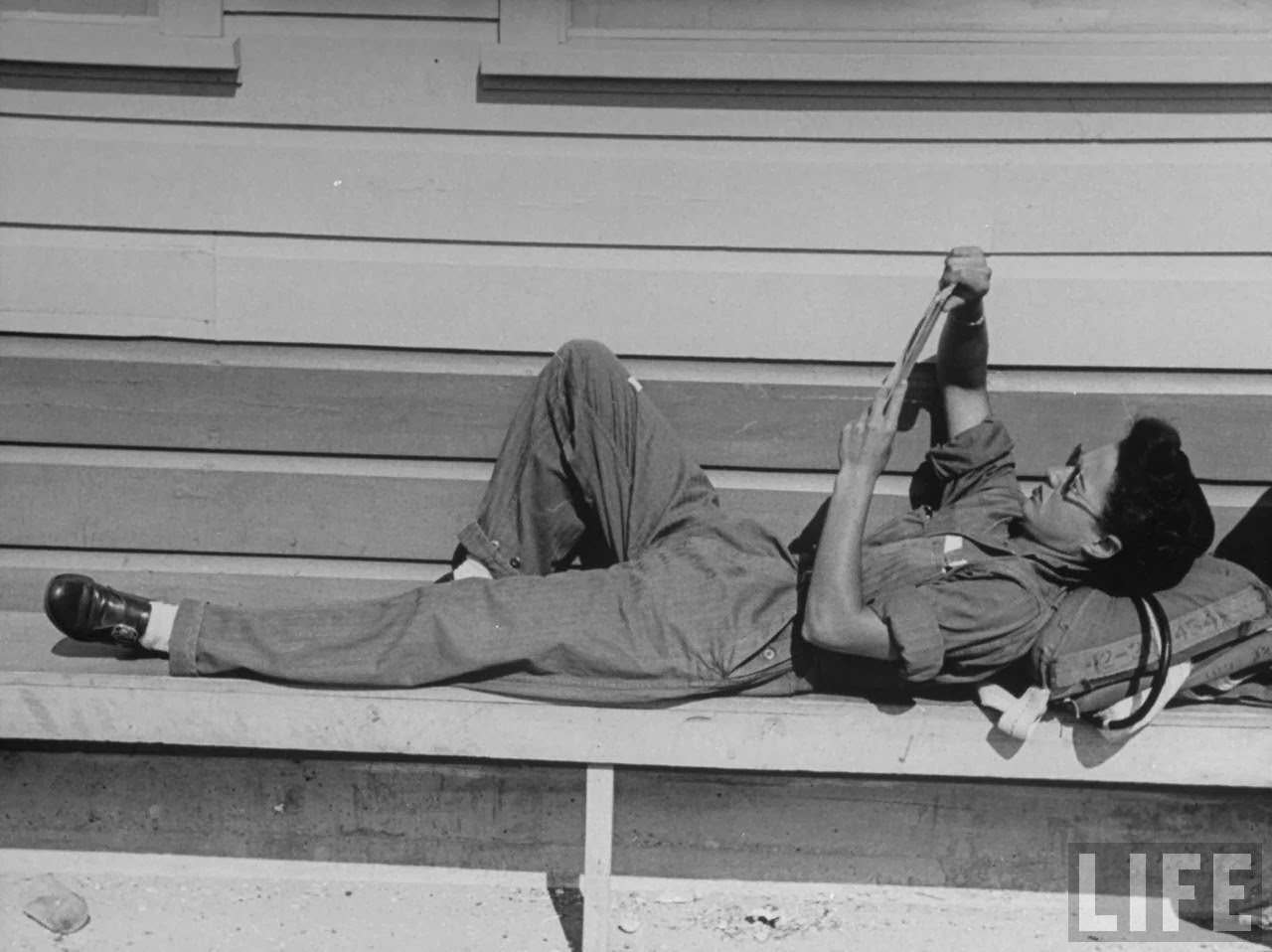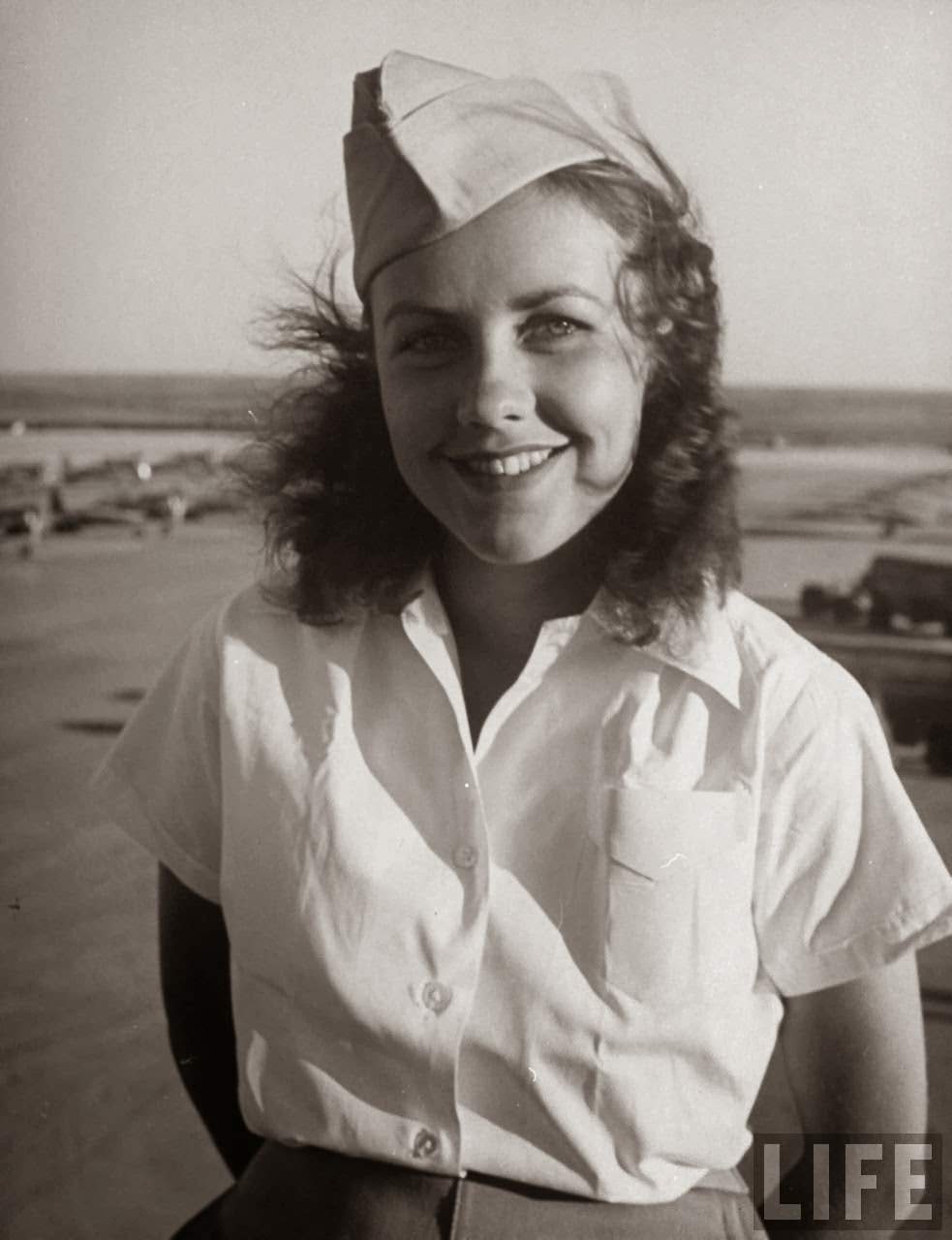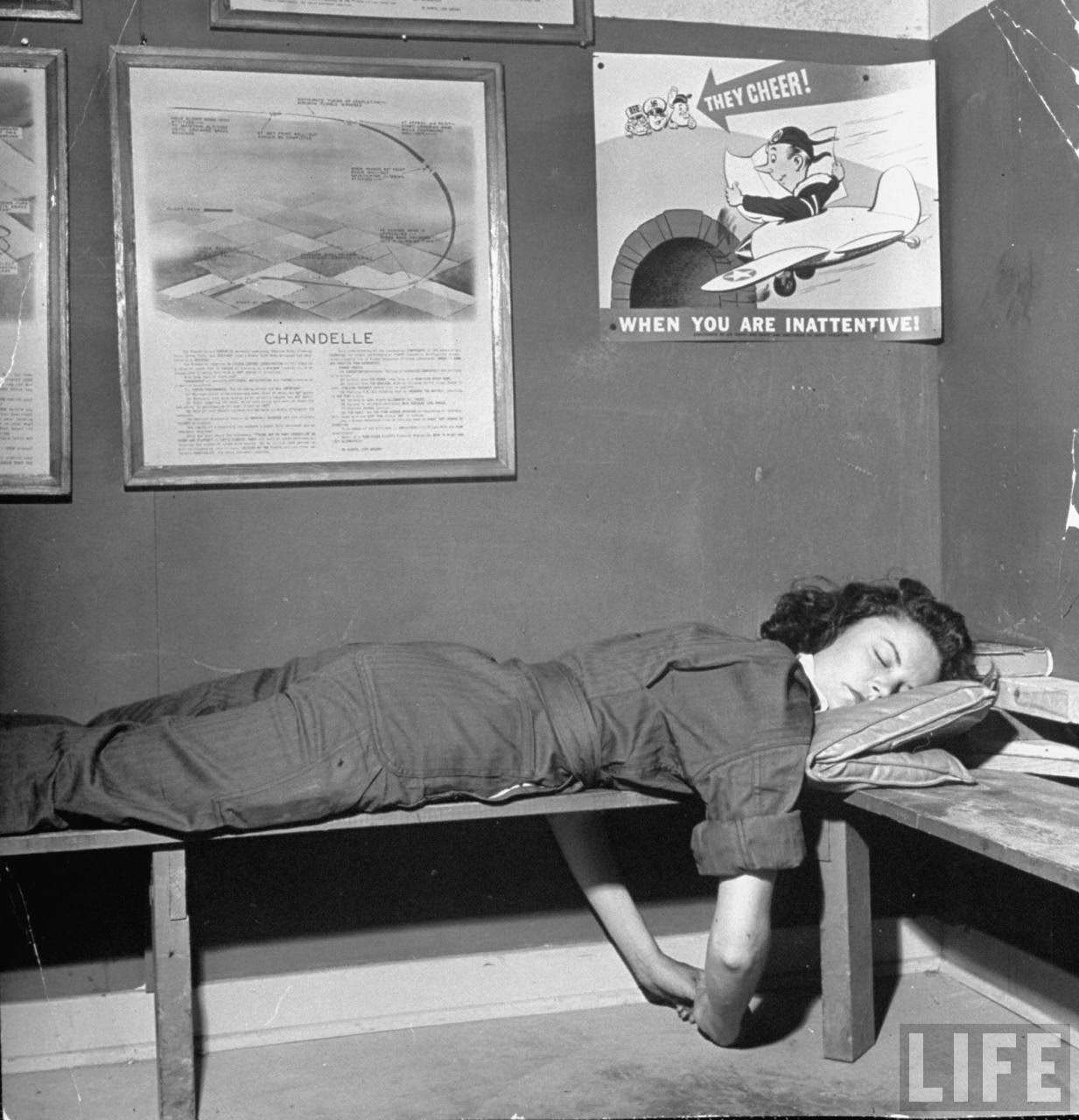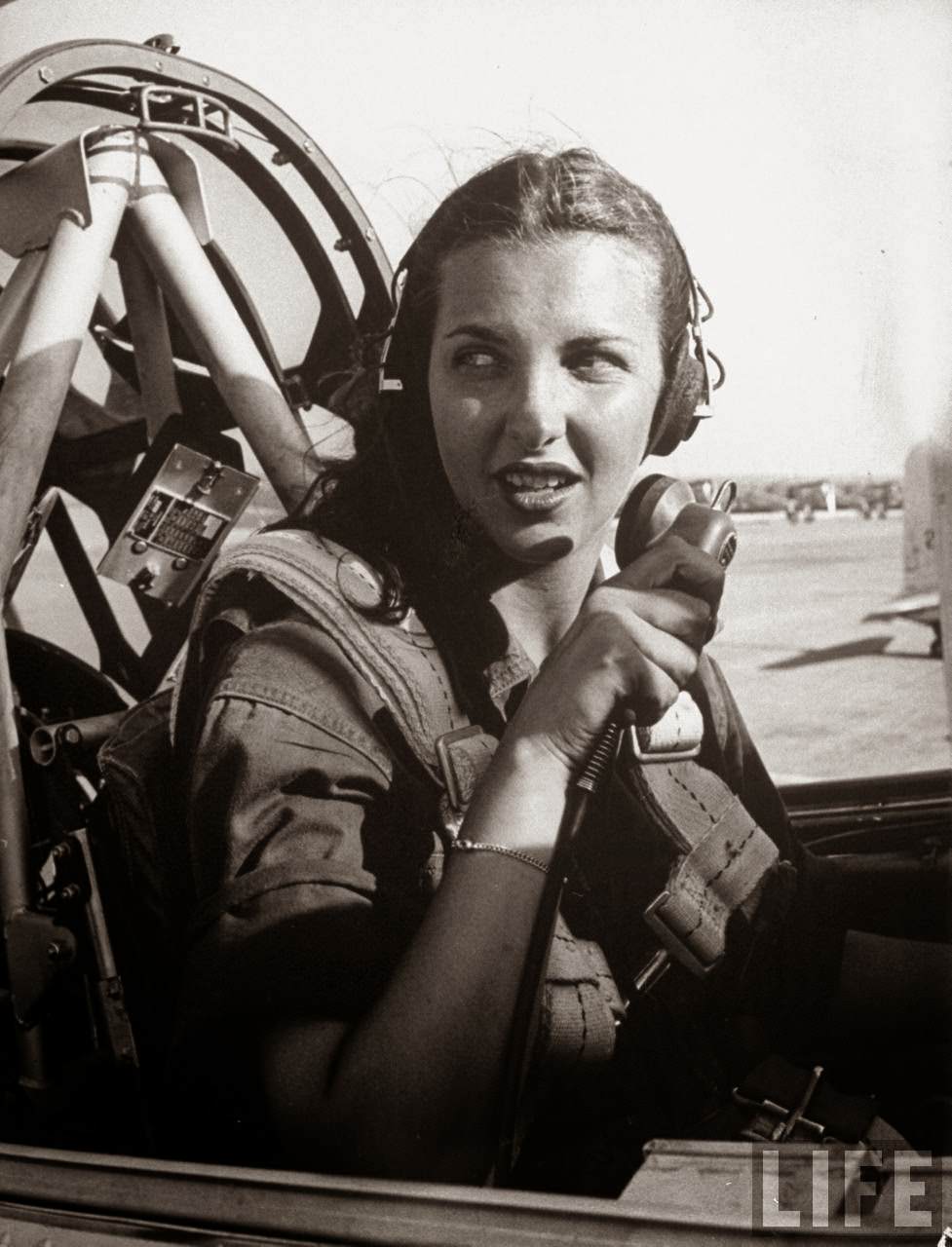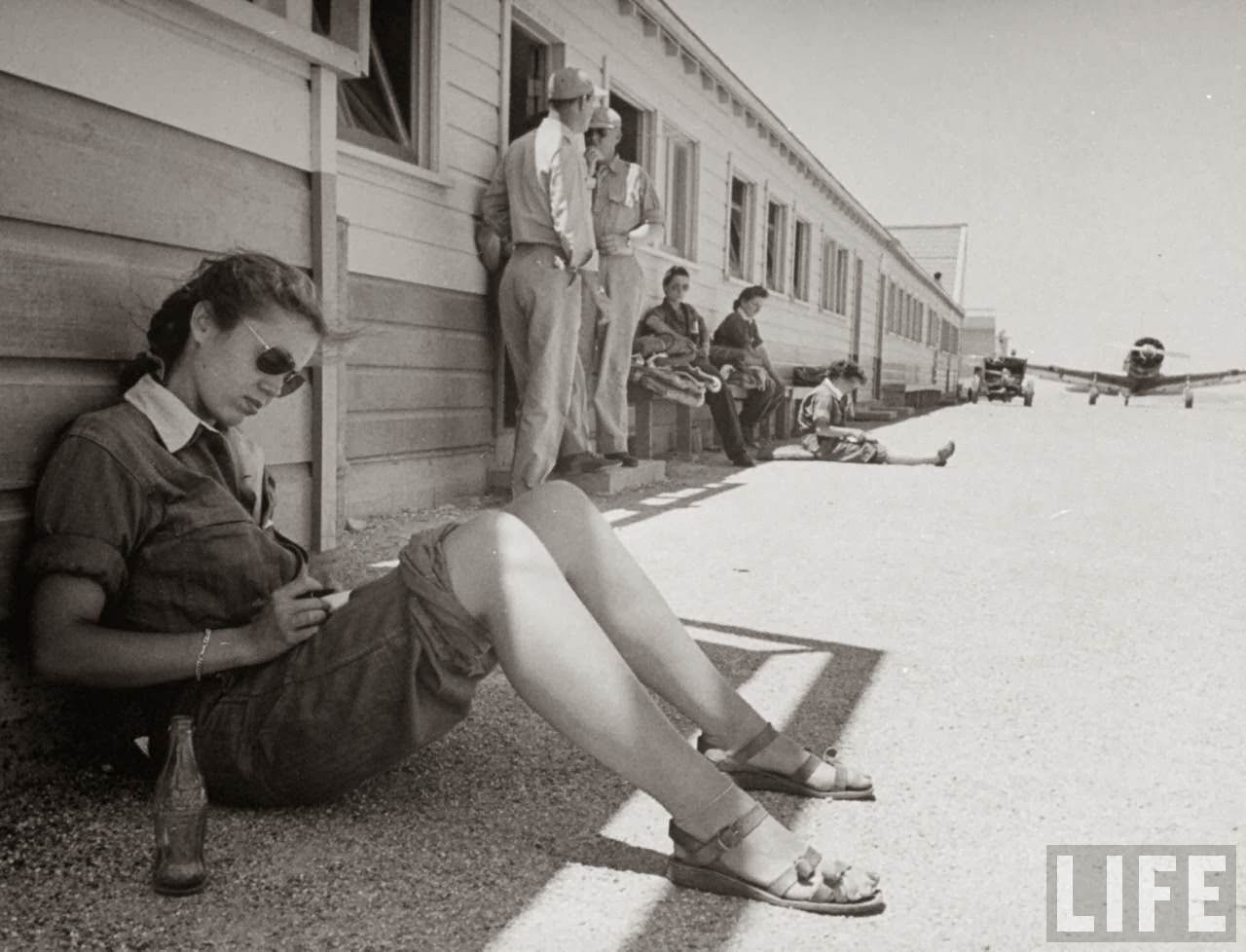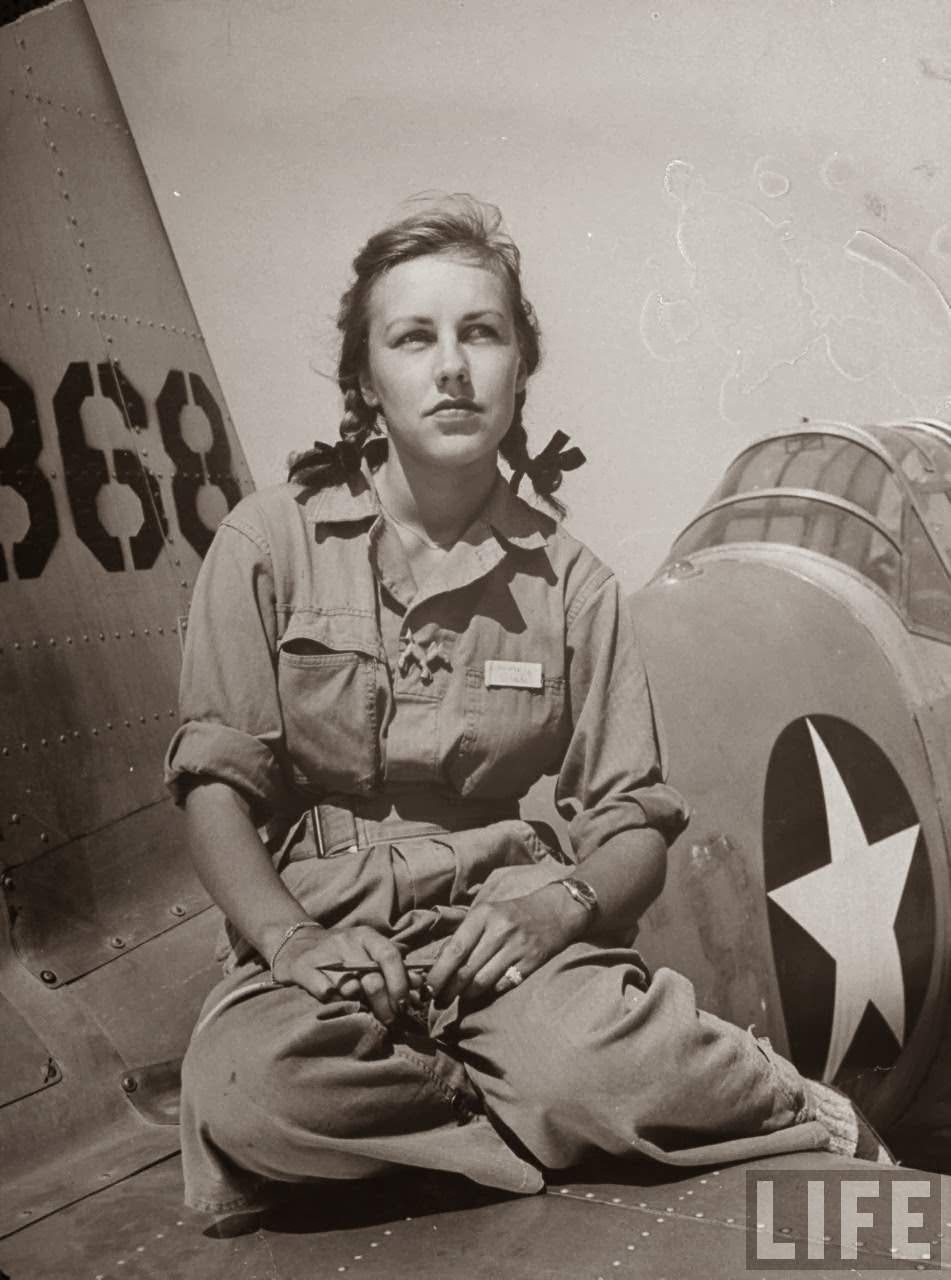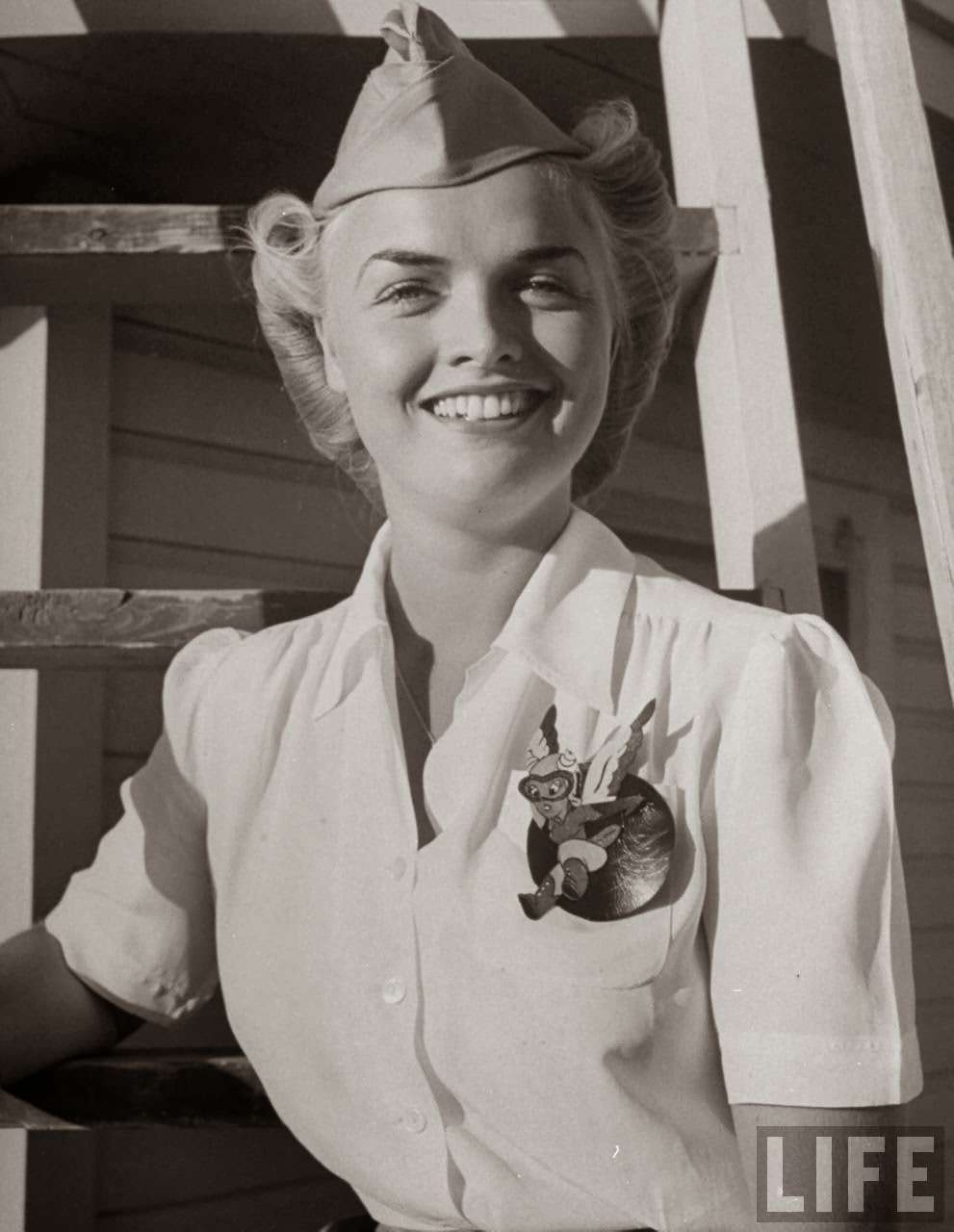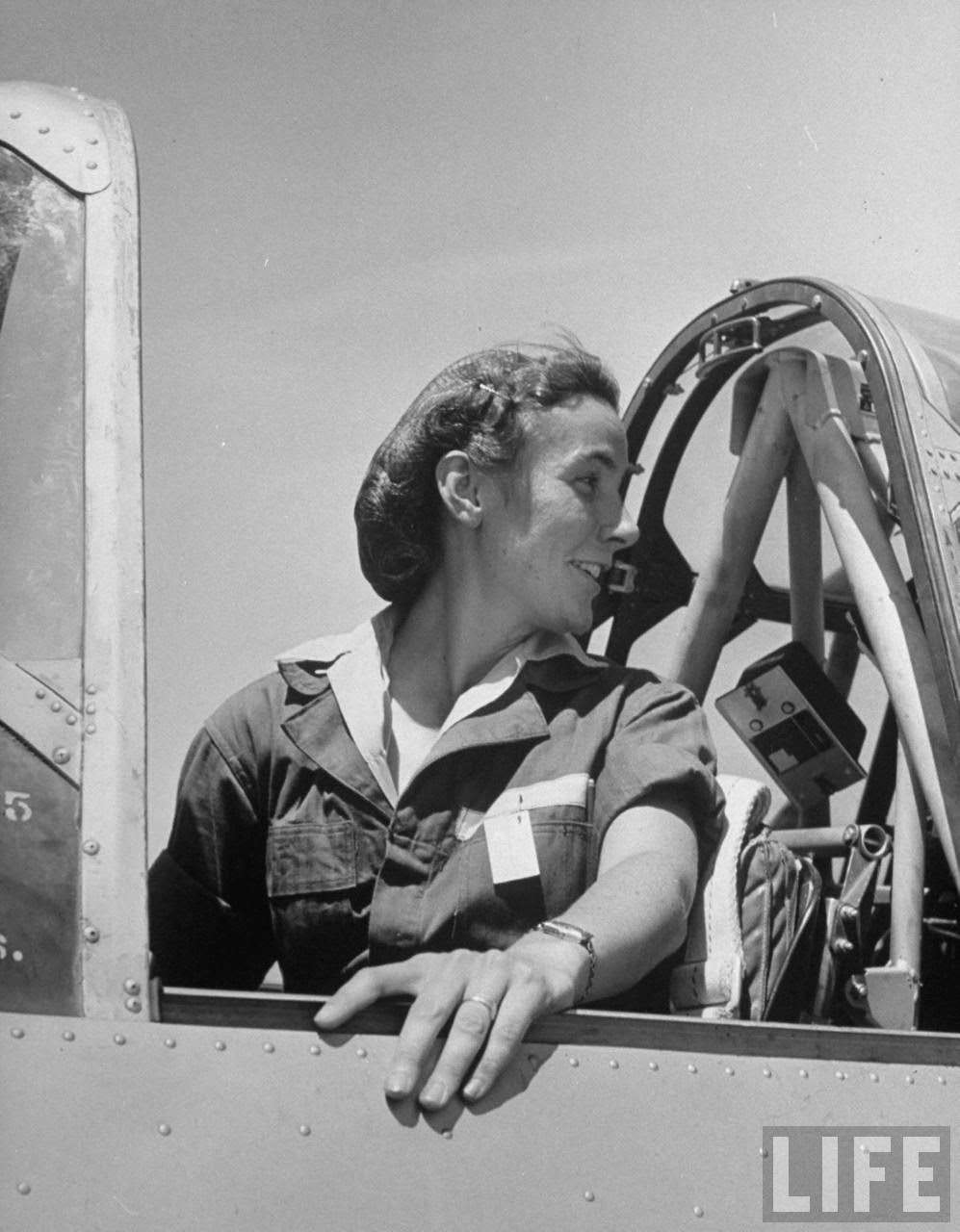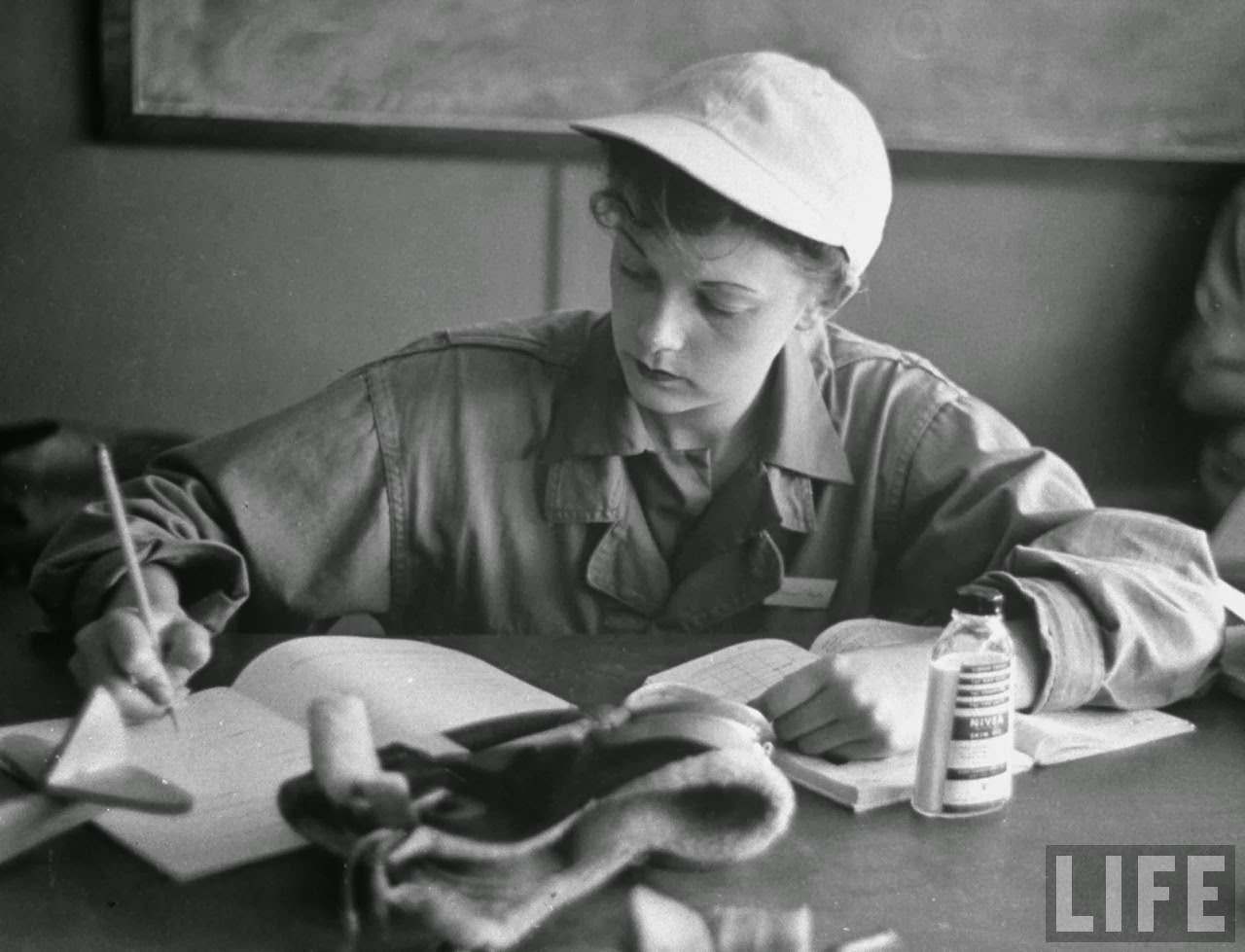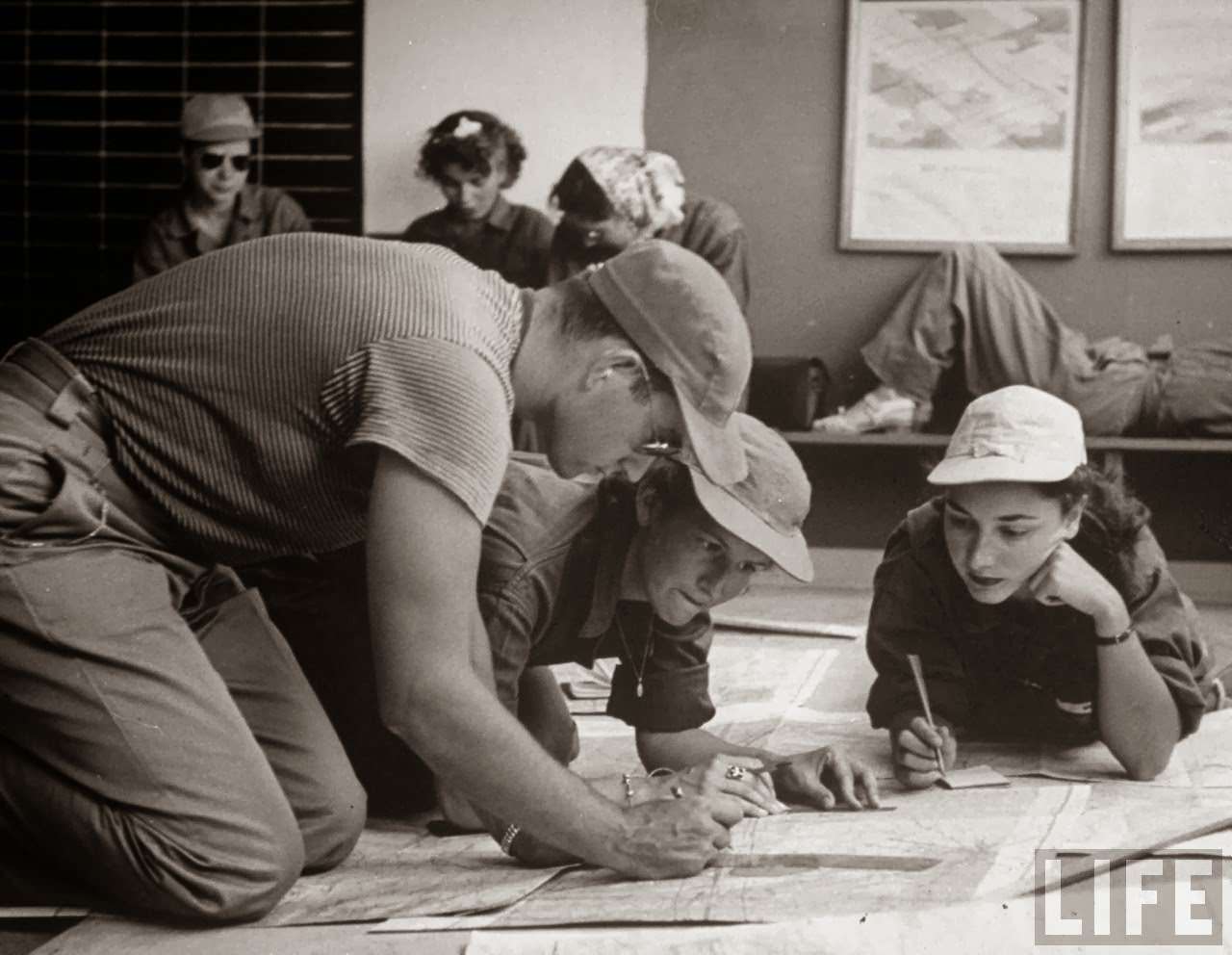During World War II, as many male pilots were needed for combat overseas, the United States faced a shortage of pilots at home for tasks like ferrying planes and towing targets. To help fill this gap, a special program was created to train skilled women pilots. This program became known as the Women Airforce Service Pilots, or WASP.
The main place where these women trained to become military pilots was Avenger Field in Sweetwater, Texas. In 1943, Avenger Field was buzzing with activity as class after class of women arrived, ready to learn how to fly for their country. It was a dedicated base specifically for their training.
Training at Avenger Field in 1943 was tough and followed a military style. The women went through a rigorous program designed to turn them into competent pilots capable of flying different types of aircraft. Their training schedule was demanding, combining classroom lessons with many hours spent flying.
The training began with ground school. Here, the women learned about things like navigation, meteorology (the study of weather), aircraft mechanics, and military regulations. This classroom part was essential before they even stepped into a cockpit for serious flight instruction.
Read more
After ground school came flight training itself. The women started in primary flight training, learning the basics of how to control a plane, take off, and land. They flew smaller, less complex aircraft at this stage, getting comfortable in the air and mastering fundamental flying skills. Instructors, many of whom were civilian pilots, guided them through each lesson.
As they progressed, the women moved to basic and then advanced flight training. They learned to fly faster planes, perform more complex maneuvers, fly using only instruments (like in bad weather), and handle various emergency procedures. The training was structured very similarly to the flight training given to male pilots for the Army Air Forces at the time. They were expected to meet the same standards.
Life at Avenger Field was focused on training. The women lived in barracks on the base and followed a schedule that included physical training and drills alongside their studies and flying. There was a strong sense of community among the trainees as they supported each other through the challenges of the program. They wore uniforms and lived under military discipline while they were in training.


